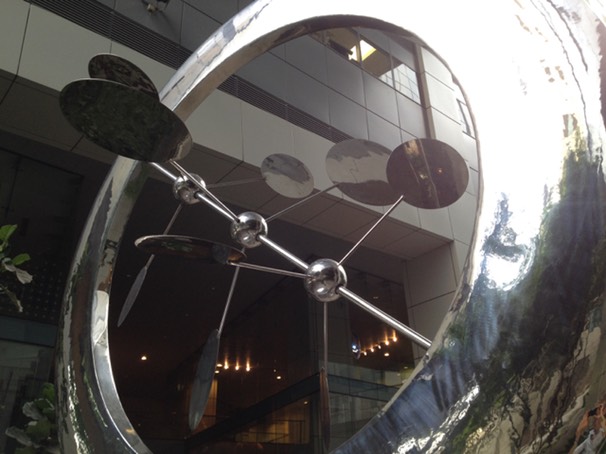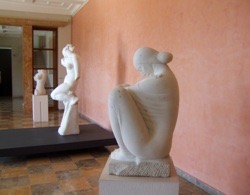
The theme of this year’s GEM conference (Adapt & Thrive: Weathering the impact of change on cultural learning) was a challenge to consider and confront the reality facing our sector – increasing pressure to perform coupled with ever-dwindling resources. The only sensible response according to two of the keynote speakers, Bob Janes and Piotr Bienkowski, is collaboration with the communities our institutions are part of. In fact, they maintain that it is the only way that museums will survive in the future.
In his keynote address, Piotr shared a frank and bleakly comic account of his experience as Director of Paul Hamlyn Foundation’s experimental programme – Our Museum: Communities and museums as active partners. In his talk: Why change fails – and what YOU can do about it, Piotr stressed that organisational change is not a project; it is an ongoing process of reflective practice in the same way that CPD involves continuous learning on a personal level.
A common response to calls for reflection is that we are too busy: we don’t have time for ’naval-gazing’, but reflective practice is the opposite of indulgent introspection – it focuses on action and improvement. Without regular and thoughtful consideration of how we are doing and what we could do better, we are likely to repeat the same mistakes . Collaboration means give and take, redistributing power and influence, and a willingness to compromise and change. Some would argue that reflective practice steals time from the day job – Bernadette Lynch, whose incisive report Whose cake is it anyway? was the inspiration for the Our Museum programme, says: reflective practice IS the day job!
